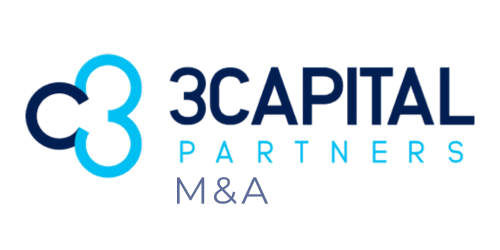
Among the challenges of an M&A operation, one of the most important to be taken into account is how the talent belonging to the acquired company is managed.
When two companies become one, it is natural that this adaptation process on the part of employees is slow, gradual and requires greater effort when implementing a new organizational culture. But all of this can be resolved with an effective talent management plan. Want to know how? Read on.
What are the main corporate changes brought about by a merger or acquisition?
An M&A operation, by itself, already represents an organizational change between the two companies involved in the negotiation, so it is only natural that other developments also occur, especially with regard to the relationship with employees in the work environment.
One of the most common situations in companies undergoing a merger or acquisition is the creation of a new administrative model, formed by new people and with guidelines that, until then, were unknown to the effective staff.
As much as the impacts foreseen in the definition of a new managerial proposal have a positive projection, any change that comes from the top down in the institutional organization chart can be enough to generate insecurity in some employees and lead them to leave the company of their own accord.
In addition to the unstable perception regarding the continuity of their jobs, some other reasons also favor the emergence of mass resignation requests, such as the difficulty of submitting to new leaderships or even the affective bond that many professionals have developed with their former employees. managers.
It is also important to point out that the two transacted businesses may have totally different organizational cultures, without any complementarity, causing the merger or acquisition to result in significant changes in business conduct.
Although changes are inevitable, the lack of a plan designed based on post-acquisition strategies can make the entire integration process difficult and compromise the company’s next steps.
Mistakes to avoid when managing talent in a merger or acquisition.
Each stage of an M&A operation must be carried out considering the human factor that exists in the two organizations in question, both the one acquiring and the one being acquired.
Managing these talents requires a close eye on the part of those who are conducting the transaction and, above all, greater care so that crucial mistakes are not committed. But what are they?
One of the most harmful mistakes is trying to impose a new organizational culture abruptly, completely ignoring the fact that the company already had one that was in force until that moment and was fully known by its employees. All this transition must be done with caution and transparency.
Changes made without direct and sincere communication with the company’s employees can have an adverse effect and result in noisy consequences, since the probability that parallel conversations are established in the corporate environment is more pronounced. It is imperative that this contact be ever closer and closer.
Every company has servers that occupy positions that are vital for the business gear to work. Deploying a new administrative scope disregarding these professionals is also not the most appropriate path. Building a project alongside them can make it easier for the whole team to understand the changes.
How to properly manage talent?
Now that you know what can be avoided, it’s time to keep in mind what must be done to perform good talent management in a merger or acquisition.
During the due diligence stage, one of the points to be observed is related to human resources, that is, the need to evaluate in the company that is about to be acquired any and all information involving its staff. Once this is done, the acquirer has at hand all the data it needs to develop its future strategies.
Good talent management planning should also include a precise check of the skills of the employees who are part of the organization and how they can be used in the projects that will be put into practice based on the integration between the companies.
Having on the radar that some professionals may leave the company after the consolidation of a merger or acquisition is also a possibility that needs to be well aligned, so that viable alternatives are mapped in order to fill the gaps left with some probable dismissals.
Any and all modifications must be communicated to the team, so that everyone is aware of how the transformations that will come into being after the unification of the two businesses will impact their functional routines and prevent the creation of an environment of collective dissatisfaction.
Career plans and incentive programs are also welcome and can be the stimulus these talents need, not only to develop in different areas of knowledge, but to ensure that extra motivation to collaborate with this new stage and develop the feeling of belonging. the organization.
There are many paths, but none of them can be done without a solid foundation that guides each step of a merger and acquisition process. Therefore, it is important to have the expertise of an Advisory that has outstanding performance in the market and can collaborate with the experience of those who have already been ahead of large national and international transactions.



